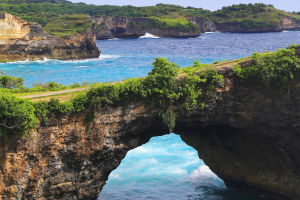In the desert, few creatures can survive. But camels can walk in the desert for many days without eating or drinking. Why is this?
Camel has a strong thirst resistance. Camels can store energy in the form of fat in the hump and abdominal fat so that they survive for a long time when water lacks water and food.
The reason why camels can tolerate thirst is mainly related to their physiological functions and organizational structure. The first stomach of the camel is large and can store a lot of water.
The amount of drinking water at once in the summer can reach up to 50-80L, which is enough for the need for three days of camel to metabolize in the body. Camel can drink up to 100 liters of water at a time.
There are one or two humps on the camel's body, and fat is stored in the hump. When camels lack food for a long time, these fats will automatically transform into nutrition to maintain their lives and ensure that they will not starve to death.
In addition to food, there is also an important point -water. As a transportation tool in the desert, camels can bear thirst. This function is related to the distribution and decomposition of fat in the body. Most of the fat in the camel's body is distributed on the hump and back.
There is about 40 kg of fat in the hump. In the hot summer, the sun will shine directly on the back of the camel, and its back will play a role in heat insulation.
Secondly, fat can also produce water during the oxidation process, which is conducive to the water required for maintaining life activities. In addition to the body's can produce moisture in the body, water can also be stored in the body.
When the camel encounters the source of water, it will drink water hard. This water will spread quickly in the camel's body and spread the water into the cells of the whole body through the circulating effect.
And in the desert, camels can also eat shrubs with acupuncture and some toxic plants. The fat in their hump will also produce many metabolic glasses of water when converted into energy.
Therefore, the camel can survive for 3 weeks without water, and the camel can survive for 4 weeks without food.
Desert areas are not only hot but also often produce sandstorms. To cope with sand, camels can close their nostrils.
In addition, their long eyelashes can also prevent the sand from blowing into the eyes, and their ears also have a large amount of ear hair to resist wind sand. When walking, their cricket-shaped meat pads can also prevent falling into the desert.
In the desert, the temperature difference between dozens of degrees Celsius during the day and night will kill most other mammals, but camels can withstand changes in body temperature.
Camel has a complex artery and venous system that approach each other and cool down to the blood of the brain. The long legs of camels can also keep their bodies away from the hot sand.
The thick fur of the camel can not only protect them from the strong heat radiation of the desert sand but also reflect the light to avoid sunburn.
It is precise because of the special body structure of camels that they can run long distances in the desert, and they are regarded as indispensable carrier tools living in the desert.


